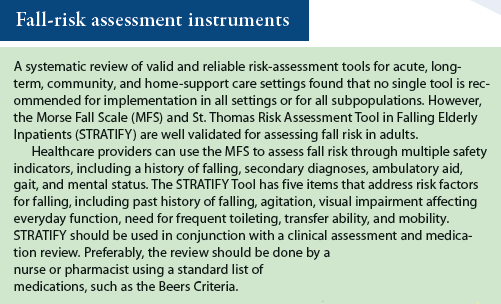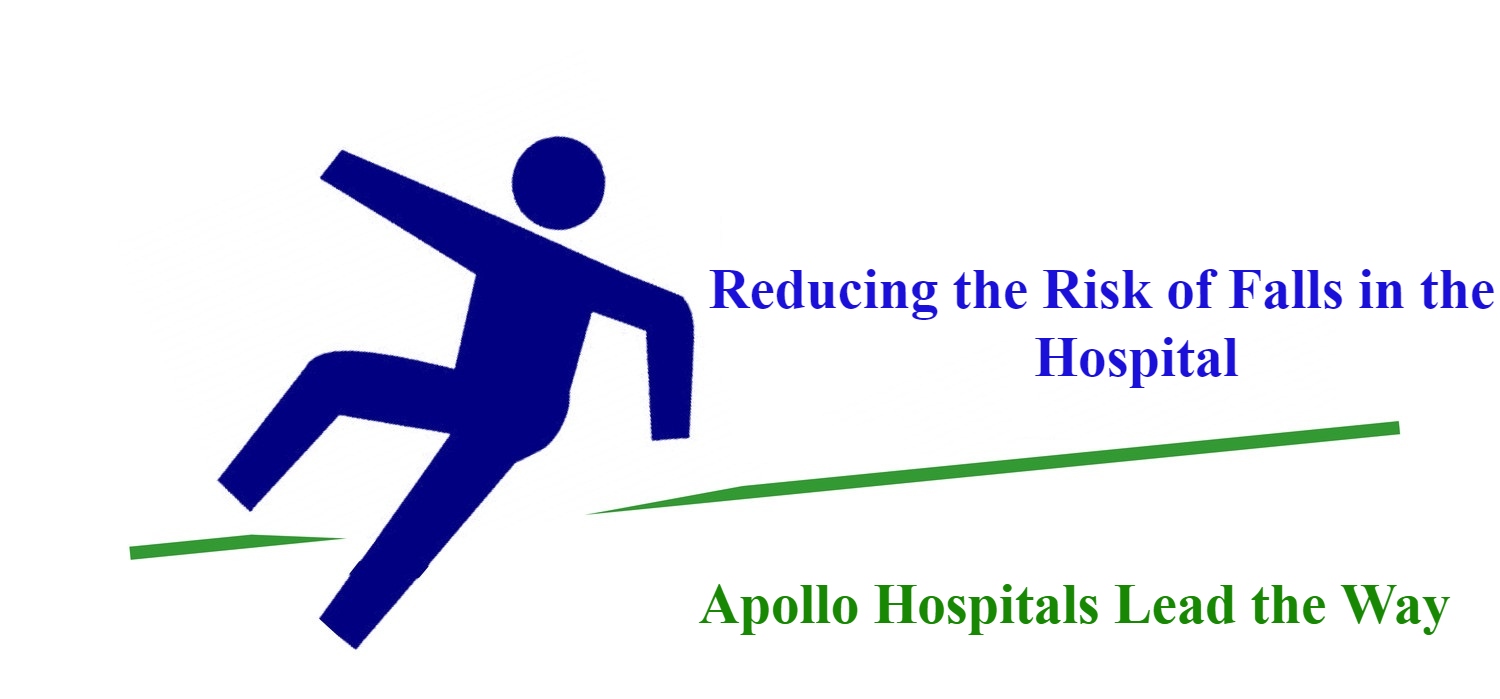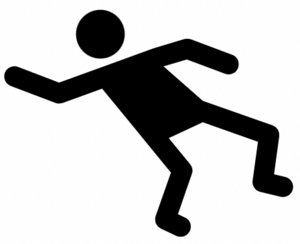The Best Strategy To Use For Dementia Fall Risk
Fascination About Dementia Fall Risk
Table of ContentsSome Known Details About Dementia Fall Risk The 5-Minute Rule for Dementia Fall RiskThe 20-Second Trick For Dementia Fall RiskDementia Fall Risk - Truths
A loss risk assessment checks to see how likely it is that you will certainly fall. It is mostly provided for older grownups. The evaluation generally includes: This consists of a series of questions regarding your overall health and wellness and if you've had previous drops or troubles with equilibrium, standing, and/or walking. These devices check your toughness, balance, and gait (the way you stroll).Treatments are referrals that might reduce your risk of dropping. STEADI consists of three steps: you for your threat of falling for your risk aspects that can be improved to try to stop falls (for instance, balance troubles, impaired vision) to reduce your danger of falling by using effective techniques (for example, giving education and learning and sources), you may be asked several concerns consisting of: Have you fallen in the past year? Are you worried regarding dropping?
You'll rest down once more. Your service provider will inspect exactly how long it takes you to do this. If it takes you 12 seconds or more, it might imply you are at greater risk for an autumn. This examination checks stamina and equilibrium. You'll sit in a chair with your arms crossed over your upper body.
Move one foot halfway ahead, so the instep is touching the large toe of your other foot. Move one foot totally in front of the other, so the toes are touching the heel of your various other foot.
6 Easy Facts About Dementia Fall Risk Explained
Most drops occur as an outcome of multiple adding variables; therefore, managing the danger of dropping starts with identifying the elements that add to drop danger - Dementia Fall Risk. A few of one of the most pertinent danger factors include: Background of previous fallsChronic medical conditionsAcute illnessImpaired stride and equilibrium, reduced extremity weaknessCognitive impairmentChanges in visionCertain high-risk medicines and polypharmacyEnvironmental factors can also enhance the threat for drops, including: Insufficient lightingUneven or damaged flooringWet or unsafe floorsMissing or harmed hand rails and order barsDamaged or improperly equipped devices, such as beds, wheelchairs, or walkersImproper use of assistive devicesInadequate guidance of individuals living in the NF, consisting of those who show aggressive behaviorsA successful loss risk management program requires a complete scientific assessment, with input from all participants of the interdisciplinary team

The treatment plan ought to additionally consist of treatments that are system-based, such as those that promote a safe atmosphere (suitable lights, handrails, grab bars, etc). The effectiveness of the treatments ought to be reviewed periodically, and the care plan modified as needed to mirror changes in the fall danger assessment. Carrying out an autumn threat monitoring system utilizing evidence-based ideal technique can lower webpage the frequency of falls in the NF, while limiting the potential for blog here fall-related injuries.
Dementia Fall Risk Fundamentals Explained
The AGS/BGS standard recommends screening all adults matured 65 years and older for fall danger annually. This screening includes asking individuals whether they have dropped 2 or even more times in the past year or sought clinical focus for a loss, or, if they have not dropped, whether they really feel unstable when walking.
Individuals that have fallen once without injury ought to have their balance and gait examined; those with stride or balance irregularities need to obtain additional analysis. A background of 1 autumn without injury and without stride or balance problems does not necessitate further evaluation beyond continued annual autumn threat testing. Dementia Fall Risk. A fall danger assessment is called for as part of the Welcome to Medicare evaluation

Dementia Fall Risk Fundamentals Explained
Recording a drops history is one of the quality signs for loss prevention and monitoring. copyright medicines in certain are independent predictors of falls.
Postural hypotension can typically be eased by decreasing the dose of blood pressurelowering drugs and/or stopping drugs that have orthostatic hypotension as an adverse effects. Use above-the-knee assistance pipe and copulating the head of the bed elevated may likewise decrease postural reductions in high blood pressure. The recommended elements of a fall-focused physical examination are displayed in Box 1.

A TUG time above or equal to 12 seconds suggests high autumn danger. The 30-Second Chair Stand test assesses reduced extremity toughness and equilibrium. Being unable to stand from a chair of knee elevation without making use of one's arms indicates boosted fall danger. The 4-Stage Balance examination analyzes fixed equilibrium by having the person stand in 4 placements, each considerably extra difficult.